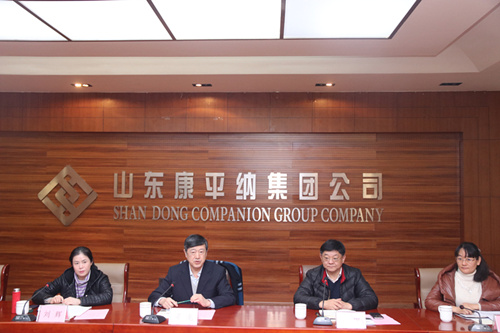Xinjiang: Trade War affects yarn production policy support downward shift
On May 29, a research group on cotton planting area and growth in southern Xinjiang, sponsored by Zhengzhou Commodity Exchange and Zhongchu Cotton Information Center Co. , Ltd. , visited the Economic and Technological Development Zones in Korla, Xinjiang, according to Liu Qin, director of the Economic Development Bureau, Xinjiang Textile and garment industry has developed rapidly in the past three years. At present, the development zone has built three million spindle factories, with 153,000 air spinning, 13,000 Vortex Spinning, ring spinning 800,000 spindle, at the same time there are two printing and dyeing factories and a series of downstream projects such as carpets, towels. In 2018, the output value of textile and apparel reached 12.4 billion yuan, up 9.7 percent year on year, and the yarn output reached nearly 500,000 tons. Production fell 10 per cent to $3bn in the first quarter from a year earlier amid a trade war between the US and China that left orders in short supply. In order to offset the adverse impact of the trade war, the zone is also actively guiding enterprises to reduce costs and increase efficiency, to save costs, to actively explore other markets, and to improve competitiveness. Xinjiang's policy support in the future is still to the downstream migration of textile and clothing, support will increase significantly over the previous five years. In the downstream industry has not yet fully developed, printing and dyeing factory support relatively large. At present, there are two printing and dyeing factories in the Development Zone, which has become the key link to solve the problem of textile and garment industry chain extending down. As the most representative pure cotton yarn producer in the Development Zone, Litai Silk Road in Xinjiang has three industrial parks in Korla, Kuytun and Uzbekistan. By the end of this year, the yarn production in Xinjiang will reach 3 million spindles and cotton consumption will reach 300,000-350,000 tons. Affected by the sino-us trade war, the textile mill's yarn production fell by 30% from January to May, which is expected to continue until the end of the year.

